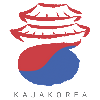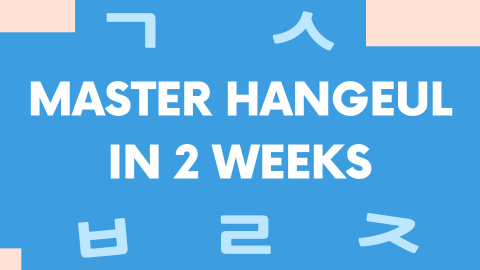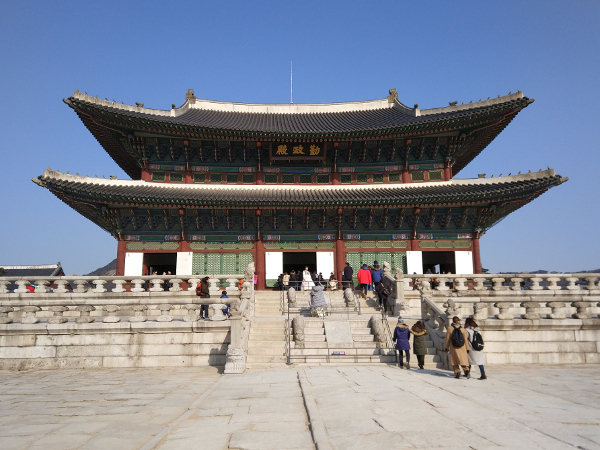Korean Lessons ᚛ Level 3 - Korean for Beginners #2 (Lessons 61 to 90) ᚛ Lesson 77 - Contrast, request, and astonishment [-(으)ㄴ/는데(요)]
Contrast, request, and astonishment [-(으)ㄴ/는데(요)]
The -(으)ㄴ/는데 structure, seen in the previous chapter, can also end a sentence and allow one to express different nuances. In the polite style, we add the suffix of politeness -요 to it.
Express a contrast
Placed at the end of a sentence, the -(으)ㄴ/는데(요) structure also allows one to express a slight contrast, which is generally translated as "yes, but", "nevertheless", "well", or even "to me" in English.
- 그 영화 몇 번 봤어요. 재미있어요.
→ I have seen this movie many times. It is nice.
- 재미없었는데요.
→ (However) it was boring.
- 날씨가 좋아.
→ The weather is nice.
- 조금 추운데.
→ It's a little cold (though).
- 외국인한테는 이 김치찌개가 매울 수 있어요.
→ For foreigners, this kimchi stew can be spicy.
- 저한테는 맵지 않은데요.
→ Well, it's not spicy to me.
- 그 식당 음식 맛없는데, 미정 씨는 그 식당 음식들 어때요?
→ That restaurant's food is not good. Mijeong, what do you think about the restaurant's dishes?
- 저는 그 식당 음식 정말 좋아하는데요.
→ Well, I really like the restaurant's food.
Make a request
Learn more
Mark astonishment
Learn more
Exercises
Learn more
Coming soon
Learn more

